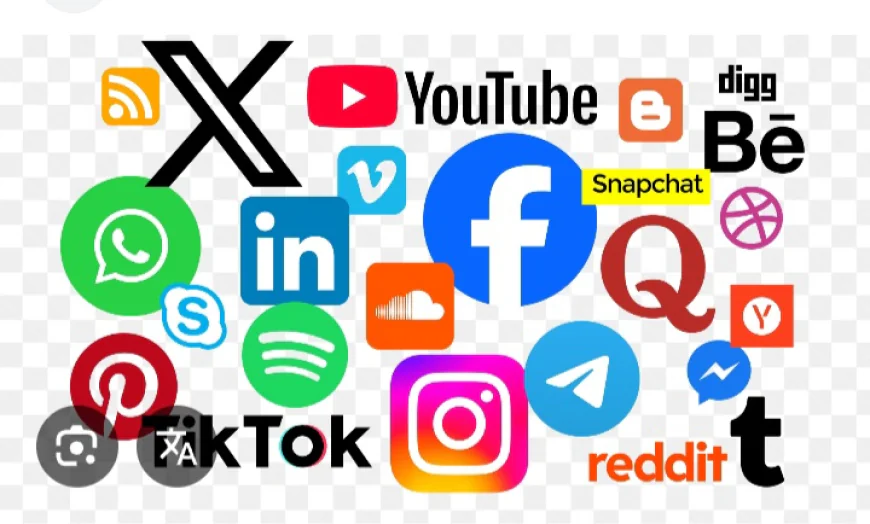The negative effects of social media
As social media has become part and parcel of modern day lives of many people, it comes with positive and negative effects. In this article, we examine the negative effects of social media.

The Negative Effects of Social Media: A Closer Look
In today’s digital world, social media platforms like Instagram, TikTok, Snapchat, and X (formerly Twitter) have become a common part of daily life, especially for young people. While these platforms allow for connection, creativity, and sharing information, they also have a darker side. As more research and real-life stories emerge, it’s clear that social media can negatively affect mental health, relationships, and self-perception.
1. Mental Health Struggles
One of the most worrying effects of social media is its impact on mental health. Studies have shown a strong link between heavy social media use and increased rates of anxiety, depression, and loneliness, particularly in teens and young adults. Constant exposure to curated images and videos can make users feel insecure about their own lives. This phenomenon, known as social comparison, leads people to compare their reality with someone else’s polished highlights, resulting in low self-esteem and self-doubt.
2. Cyberbullying and Harassment
Unlike traditional bullying, cyberbullying can happen at any time, and it can be anonymous. Social media platforms have made it easier for bullies to target victims from behind a screen, often without immediate consequences. Hurtful comments, fake profiles, or shared embarrassing content can cause emotional trauma. Many young people suffer silently, with some even taking their own lives due to relentless online bullying. It has become so serious that people can spread lies and threats online, revealing personal information such as addresses and phone numbers without accountability. More needs to be done to prevent this type of abuse.
3. Addiction and Time Wasting
Social media platforms are designed to be addictive. Constant notifications, likes, and infinite scrolling manipulate the brain’s reward system, making users crave more engagement. This can lead to social media addiction, where users feel anxious or irritable when unable to check their accounts. Many hours are wasted scrolling through content, leading to procrastination, poor sleep, and lower productivity.
4. Body Image Issues
Platforms like Instagram and TikTok are very visual and often promote unrealistic beauty standards. Filters, photo editing apps, and influencers showcasing perfect bodies create an illusion that distorts self-perception. Body dysmorphia and eating disorders are on the rise, especially among teenage girls, who struggle to meet unattainable standards of beauty.
5. FOMO and the Fear of Being Left Out
“Fear of Missing Out” (FOMO) is another psychological effect of social media. When users see friends hanging out without them or attending events they weren't invited to, it can trigger feelings of exclusion, jealousy, and sadness. This fear pushes users to stay constantly connected, increasing stress and decreasing satisfaction with their own social lives.
6. Misinformation and Manipulation
Social media is a hotspot for fake news, conspiracy theories, and misinformation. Algorithms often promote content that matches a user’s interests, even if it’s false or harmful. This can reinforce dangerous beliefs and polarize communities. Worse, some individuals and organizations intentionally spread misinformation for political or financial gain.
7. Privacy Concerns and Exploitation
Every click, like, and share is tracked. Social media companies gather vast amounts of personal data, which can be sold to advertisers or used to influence user behavior. Many users do not realize how much of their personal life is shared online—and once something is posted, it can’t be completely erased. Deleting a post doesn’t mean it’s truly gone.
Conclusion
While social media has clear benefits, it’s important to recognize its potential harms. Protecting mental health, promoting responsible use, and encouraging digital literacy are key steps to making these platforms safer. Users—especially young people—should learn to set boundaries, think critically about what they see, and know when to log off. In a world where social media is here to stay, education and awareness are our best defenses. We need to teach our children not to trust someone they meet online. They should never meet someone alone. Social media has also become a tool for human traffickers.



 Micmaq
Micmaq